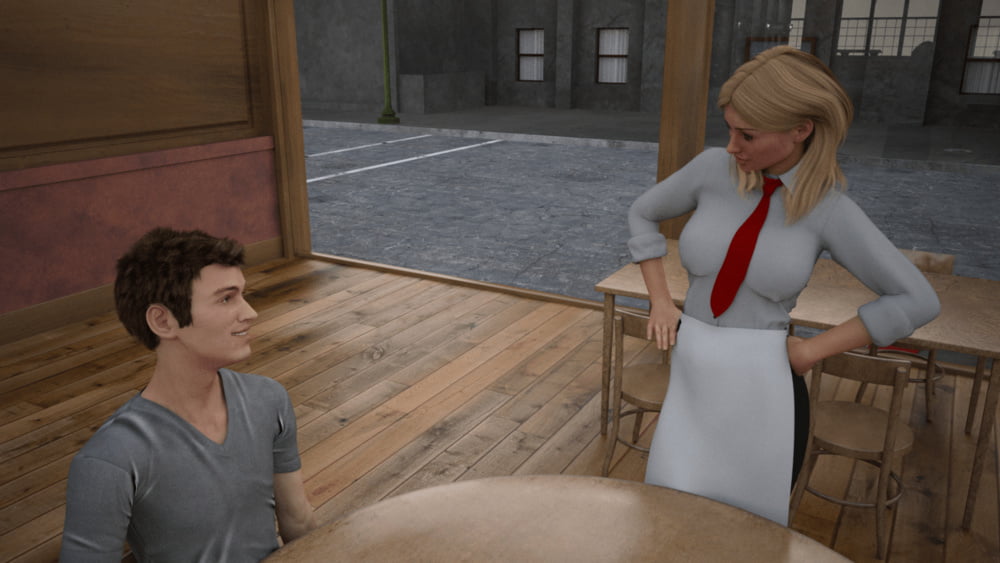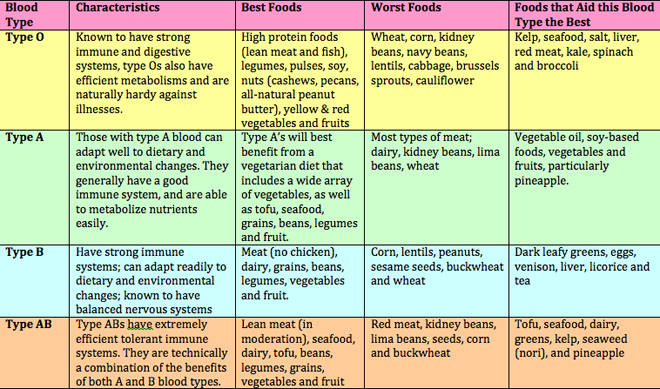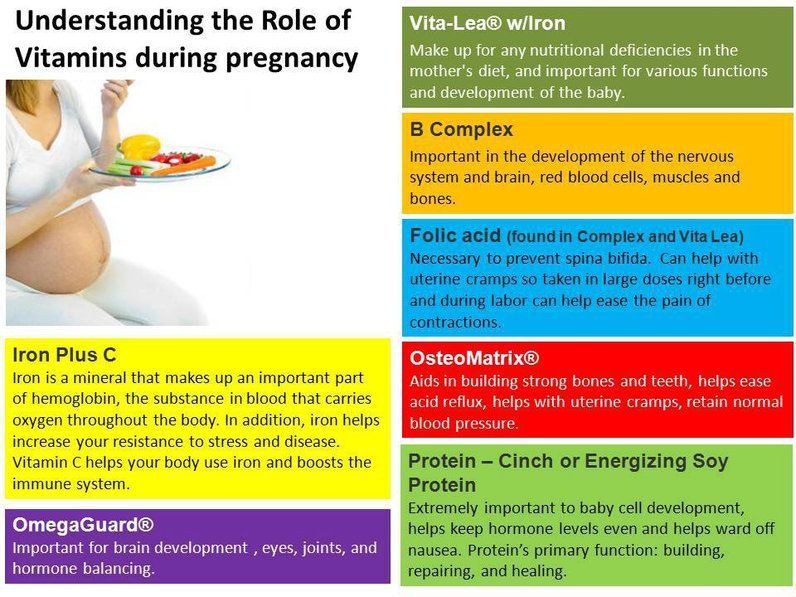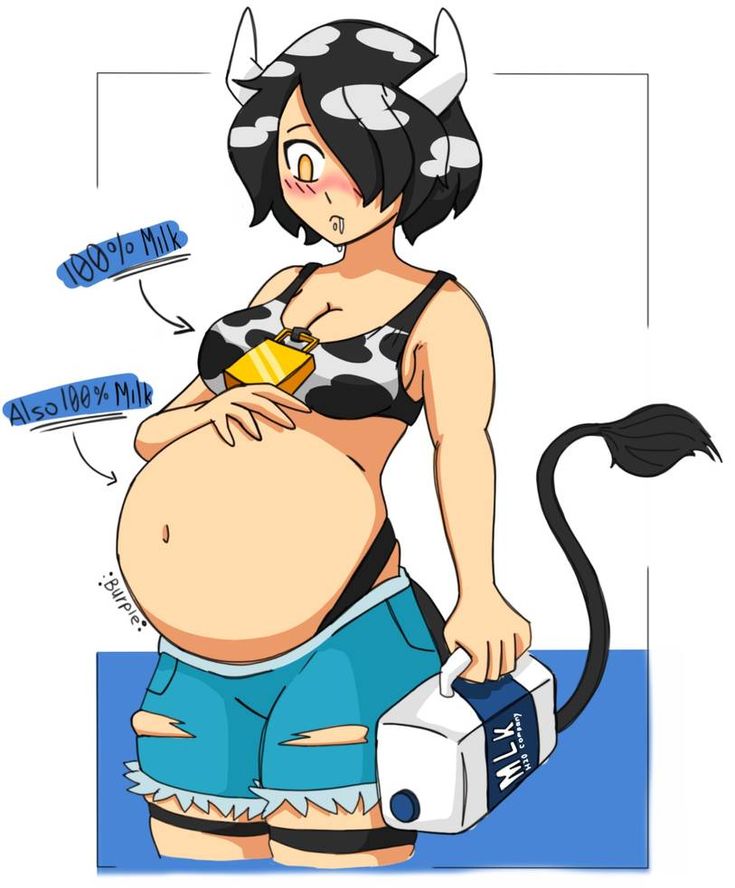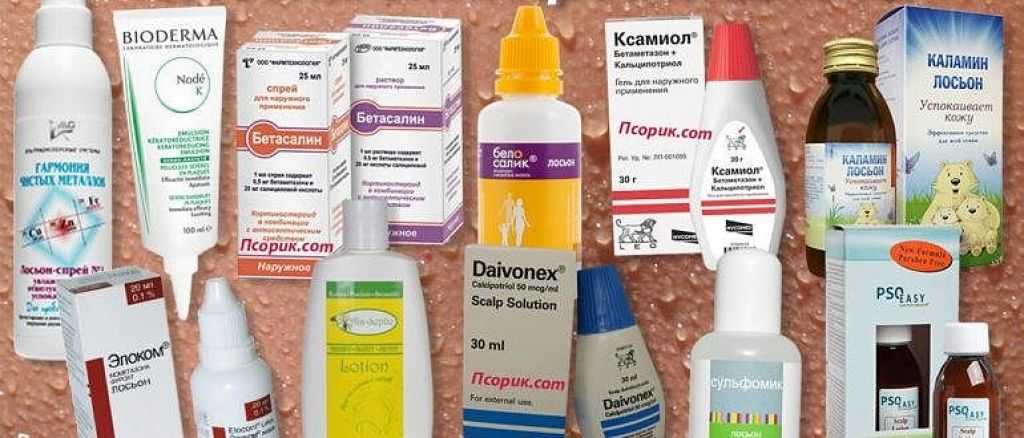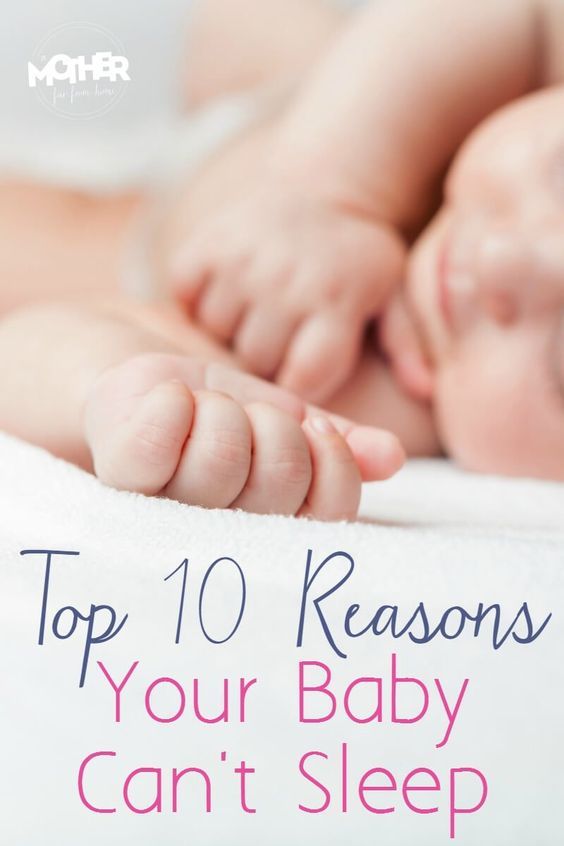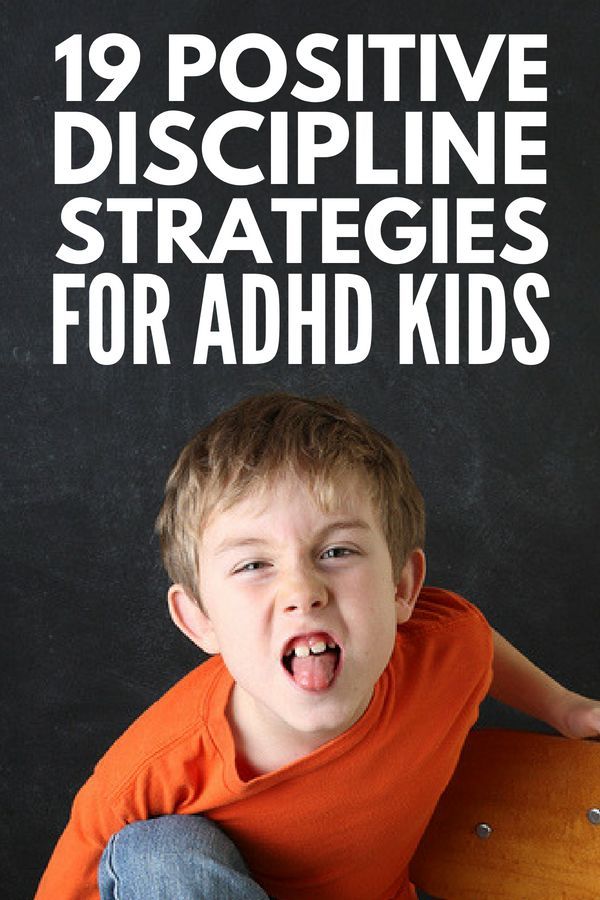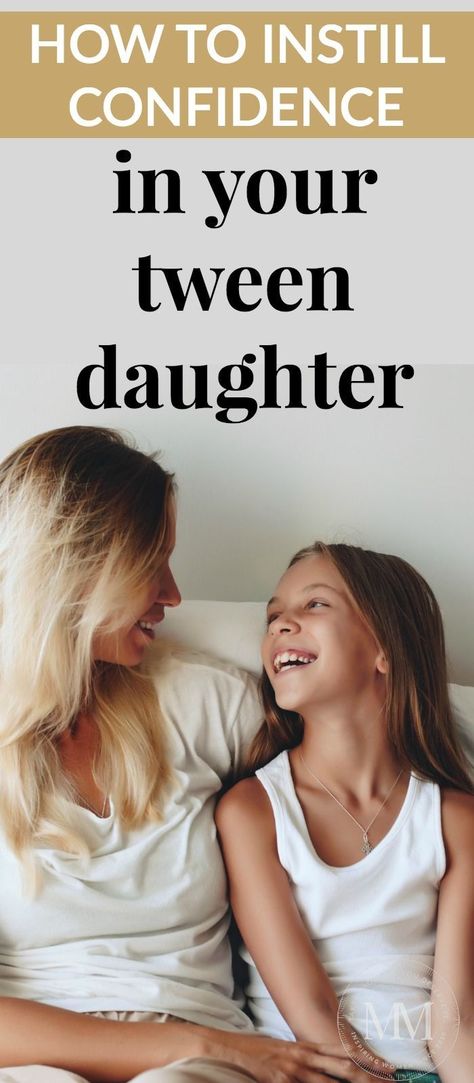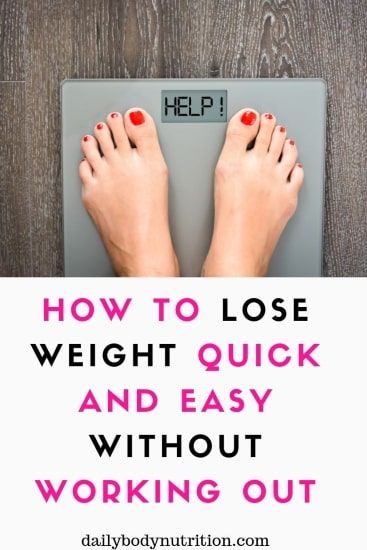My baby's cheeks are cold at night
Is my baby too cold at night? Optimal room temperature
How often do you take a jacket off, or throw a sweater on throughout the day? You probably do it without even thinking. Regulating your own body temperature is as automatic as breathing. When you are hot, you take a layer off and when you are cold, you bundle up. It’s simple for an adult.
Babies can’t do this, though. They need you to keep a watchful eye and help them regulate their temperatures. This is true during the day and during the night.
So what are the signs that your baby is too cold? What is the optimal room temperature for babies at night? Let’s take a look at these questions and more…
P.S. Room temperature affects SIDS rates. Get your Free SIDS prevention Ebook Here.
Is my baby too cold?
The primary way that people lose body temperature is through exposed body surfaces. This is referred to “radiated heat” by Mayo Clinic (source). This is the medical way of saying that exposing your skin typically causes you to lose heat.
This is particularly true for babies and children. Babies in particular are at the highest risk of rapidly losing heat. This is true for a few reasons:
1. babies have a high body-surface to weight ratio which increases the risk of heat loss.
2. babies don’t have the skills or mental awareness to self-regulate like adults do.
Your first instinct may be to check the hands and feet. In general, the hands and the feet are a poor way to tell if your baby is too cold. This is because they are often exposed and thus will naturally carry a lower temperature. If the hands and feet are cold, this doesn’t mean that your baby is too cold!
A better way to measure is to feel your baby’s torso. If it is warm to the touch, then your baby is just fine! A lot of development is happening in the core of newborns so blood is naturally diverted to this area.
- We recommend that babies need 1 additional layer of clothing than you do to remain comfortable.
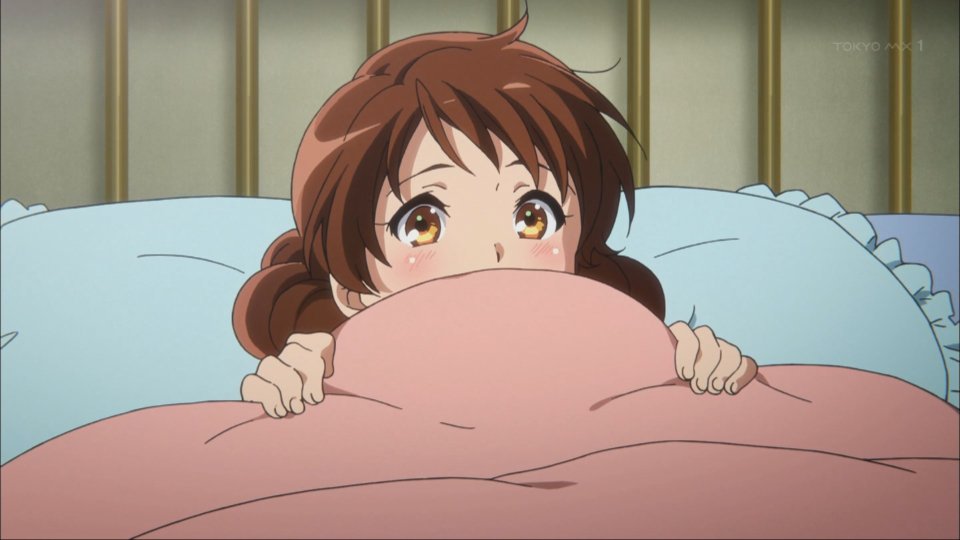
Babies who are acting like babies are most likely not too cold. Stay in tune with the baby’s behavior. Is she eating, sleeping, crying, and being a normal baby? If so, you are probably just fine.
What is the best room temperature for babies?
If you are a new parent that has access to the internet, you have probably heard about how room temperature can affect SIDS (sudden infant death syndrome) rate.
Here is what you need to know.
In 2001, a group of scientists studied arousal rates of children based on room temperature. What they found was that babies that slept in higher room temperatures had more difficult time waking up to auditory signals.
SIDS is simply the inability for a baby to wake when something else is going wrong physiologically. In short, scientists found that higher room temperatures makes it more difficult to rouse the baby thus increasing the chances that the baby won’t wake if something is going wrong.
So, the reason that you want to keep the room temperature at a lower level is to not hamper the ability of the baby to wake and cry if something is indeed happening during sleep.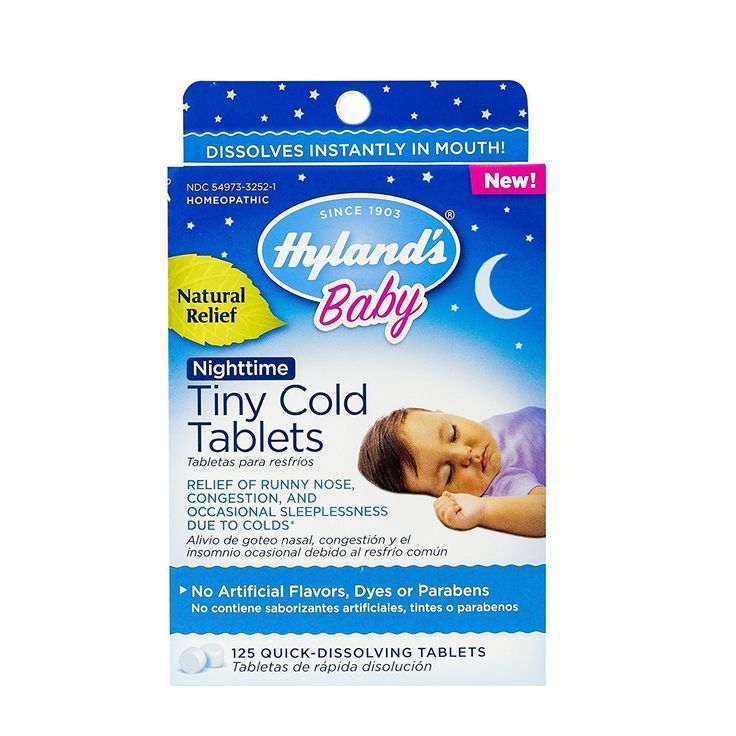
So what is the best room temperature for babies?
That same study found that babies in room temperatures that did not exceed 75 degrees Fahrenheit (24 Celsius) did not experience heightened difficulty of waking.
So, we recommend that you keep the baby’s room temperature between 69 and 75 degrees Fahrenheit (20.5 – 24 Celcius).
What’s Next?
Learn CPR Today
How Can You Tell if Your Baby is Cold at Night? – The Mama Coach
Overheating is a worry that many parents experience with their baby. Keeping your baby cool at night is one way that the American Academy of Pediatrics and Health Canada recommends to reduce the risk of sudden infant death syndrome (SIDS). Keeping this in mind, it is possible that babies can feel chilly at night, especially in the winter, and this will often present as frequent wake-ups and early risers.
Cold Hands and Feet
Feeling your baby’s hands and feet is not a reliable method for measuring body temperature in babies. Most babies will have cold hands because of their immature circulatory system. While they feel uncomfortable to parents, most babies are not bothered by cool paws while they’re sleeping. If you’re worried that they are uncomfortable, we recommend using a sleep sack that will cover their hands, like a Swaddlenot, or using a brand of sleepers that have the ability to fold over the hands. Mittens and socks on their hands are not recommended because babies can pull them off and obstruct their airway.
Most babies will have cold hands because of their immature circulatory system. While they feel uncomfortable to parents, most babies are not bothered by cool paws while they’re sleeping. If you’re worried that they are uncomfortable, we recommend using a sleep sack that will cover their hands, like a Swaddlenot, or using a brand of sleepers that have the ability to fold over the hands. Mittens and socks on their hands are not recommended because babies can pull them off and obstruct their airway.
When you’re checking your baby for temperature, feel the back of baby’s neck. This is the most reliable method that parents can use without waking baby. You want to be able to touch their skin and notice that it’s not too warm or too cold, but rather is the temperature of the back of your hand.
Check the room temperature
The ideal temperature for a baby’s room is between 19 and 21 degrees. Your baby should be sleeping in a cotton (or fleece if its cold outside) and a sleep sack based on the TOG recommendations.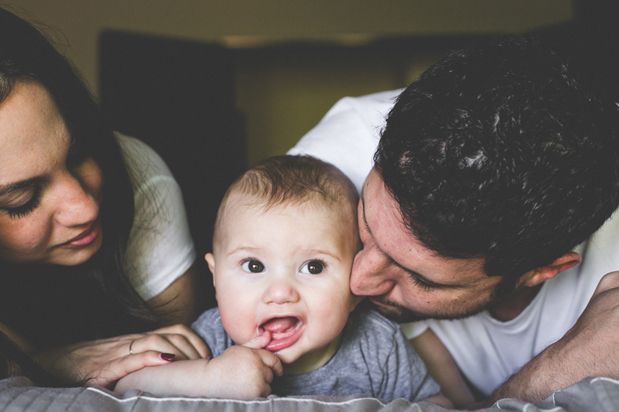 “TOG” is an international unit of measurement in the textile industry. Asleep sack with a low TOG value is best for hot climates or summer weather (similar to muslin) and 2.5 TOG is the warmest sleep sack you can purchase (recommended for cool climates and winter weather). Health Canada recommends avoiding loose blankets as this may increase the risks of SIDS.
“TOG” is an international unit of measurement in the textile industry. Asleep sack with a low TOG value is best for hot climates or summer weather (similar to muslin) and 2.5 TOG is the warmest sleep sack you can purchase (recommended for cool climates and winter weather). Health Canada recommends avoiding loose blankets as this may increase the risks of SIDS.
Crib space
While your thermostat on your main floor may read 20 degrees, sometimes the room is actually cooler than this. In the winter months, there is often a draft from windows which decreases the temperature of the room and makes it hard to stay warm. Keep cribs on an inside wall if possible so baby isn’t chilled by the drafts of outside. Take note of the material of the bedsheets and mattress covers as plastic and nylon can be cold for new babies to sleep on.
Beanie hats
Babies can lose up to 20% of their body heat through their head, especially under 6 months of age! Cotton “beanie” hats are safe for babies to wear at night and have light material that will avoid overheating your infant. Avoid hats with strings as these can become entangled around baby’s neck, and avoid hats that are classified as winter hats as these could be too warm for being indoors.
Avoid hats with strings as these can become entangled around baby’s neck, and avoid hats that are classified as winter hats as these could be too warm for being indoors.
Keeping your baby warm at night will help your baby to sleep more comfortably and avoid unnecessary wakeups. When you think about what it feels like to be chilly when you’re sleeping, it makes sense that babies will wake more often if the conditions for sleeping are too cold. The Mama Coach looks at your sleep environment with every assessment to ensure baby’s space is optimal for connecting sleep cycles.
“Chilling of the limbs occurs with thyroid dysfunction”: why a child has cold hands
Why a child has cold hands
According to the endocrinologist of the MEDSI clinic on Leninsky Prospekt Irina Zyatikova, cold hands and feet are a temporary condition in infants. With age, it passes, but on condition that the parents form the correct lifestyle for the child.
Thus, in order to normalize thermoregulation, a number of preventive measures should be observed: during walks, give the child enough time to be in the fresh air, do a light massage and do gymnastics with him.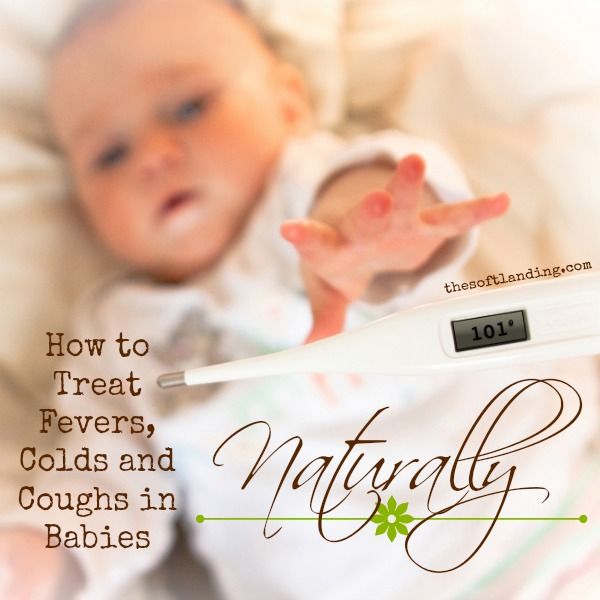 Thanks to this, circulatory disorders in the child's body will not occur, and the child will feel healthy.
Thanks to this, circulatory disorders in the child's body will not occur, and the child will feel healthy.
“In newborns and children under 18 months of age, heat transfer in the body is not yet perfect. Children can easily overheat and become cold. Sometimes parts of the body may even have a bluish tint. This is a consequence of undeveloped blood circulation due to the immaturity of the autonomic nervous system,
- explained the endocrinologist Zyatikova.
As the Deputy Chief Physician for Pediatrics at the Andreevsky Hospitals "NEBOLIT" Medical Center, Candidate of Medical Sciences Lyudmila Yakimova added, thermoregulation begins to gradually form from the second or third day of a child's life.
“Cold hands and feet are not a sign of freezing, they are always below body temperature due to more active sweating,” said pediatrician Yakimova.
As the doctor added, the necessary temperature conditions in the room should be maintained, as strong air currents can cause significant loss of skin heat in children.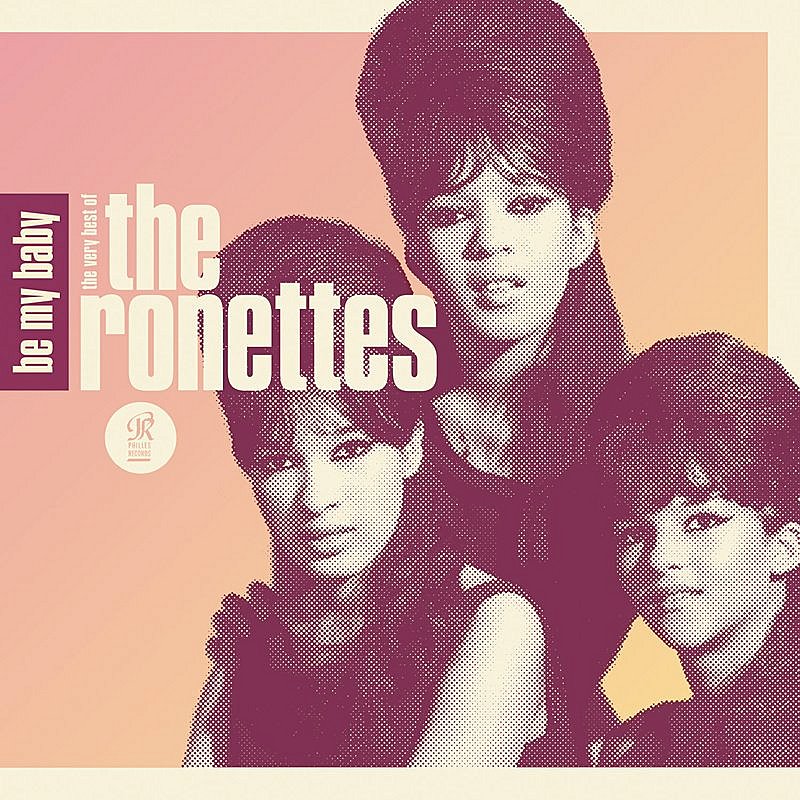
According to Yakimova, the temperature in the room should be around 25 degrees if the child is less than six months old. If the baby is older, then the recommended temperature is 20 degrees.
What to do if your child has cold hands and feet
“You should pay attention to the color of your baby's skin. If the baby's body is warm, pink, you should not worry. When the child is slightly cool to the touch, you should swaddle him well and wrap him up with something warm, ”warned pediatrician Yakimova.
As the doctor added, another way to warm the baby, as well as parts of the body, in particular cold hands and feet, is to hold the baby to the chest.
“Don't forget to make sure your little one doesn't have a fever. In addition, pay attention to accompanying symptoms - rash, drowsiness, anxiety and diarrhea, ”added the pediatrician.
According to her, if the child is healthy, then the constantly cold hands and feet of the baby can be warmed up. A number of preventive measures will help:
A number of preventive measures will help:
• Light massage of the hands and feet.
• Hardening - contrast shower on legs.
• A healthy lifestyle: a balanced diet and staying active.
In addition to these preventive measures, you should choose the right shoes for your baby so that tight shoes do not provoke vasospasm.
“Children's feet must be mobile, otherwise blood circulation is disturbed, the legs become cold and freeze almost instantly. This is especially true for babies who are not yet able to walk and walk in the winter in a stroller or on a sled,” the pediatrician explained.
How to correctly wash the nose of a child and choose a solution
Washing the nose of a child will help clear the nasal passages from mucus, it is useful for treating and ...
August 24 08:25
As endocrinologist Zyatikova noted, the condition of cold hands and feet often occurs against the background of an increase in temperature, which in turn provokes vasospasm.
As pediatrician Yakimova added, if cold hands and feet turn out to be a symptom of a child’s illness due to a rise in temperature, the baby should be given a lytic mixture (antipyretic - Gazeta.Ru), spasmodic drugs, drink plenty of warm liquid and put clothes on cold parts of the body made of thin and natural fabric. If a child experiences repeated temperature rises one hour after taking an antipyretic, you should immediately consult a doctor.
close
100%
Why the problem of cold hands and feet remains in older children
.
One of the reasons is a malfunction of the thyroid gland.
“Frequently, chilliness of the extremities occurs with thyroid dysfunction, hypothyroidism, a condition characterized by a deficiency of thyroid hormones in the body. Normally, thyroid hormones increase heat production from brown fat. With hypothyroidism, these processes are inhibited, the patient experiences a constant feeling of cold, ”the endocrinologist explained.
Another cause of cold hands and feet in a child may be vegetovascular or neurocirculatory dystonia.
“Dystonia is a syndrome in which muscles contract involuntarily, which occurs as a result of a malfunction in the autonomic nervous system. It is because of muscle spasm that the blood vessels narrow, blood circulation is disturbed, so the hands and feet get cold, ”the endocrinologist noted.
According to the endocrinologist, you should immediately consult a doctor if, in addition to the problem of cold hands and feet, the child has a refusal to eat, pain in the joints and frequent colds. In addition, you should be concerned about the following symptoms:
• Poorly healing ulcers or fissures on the hands and feet.
• Fatigue.
• Weight change.
• Fever.
• Rash.
According to the doctor, in this case, the specialists will prescribe all the necessary examinations that will reveal the true cause of the child's cold hands and feet.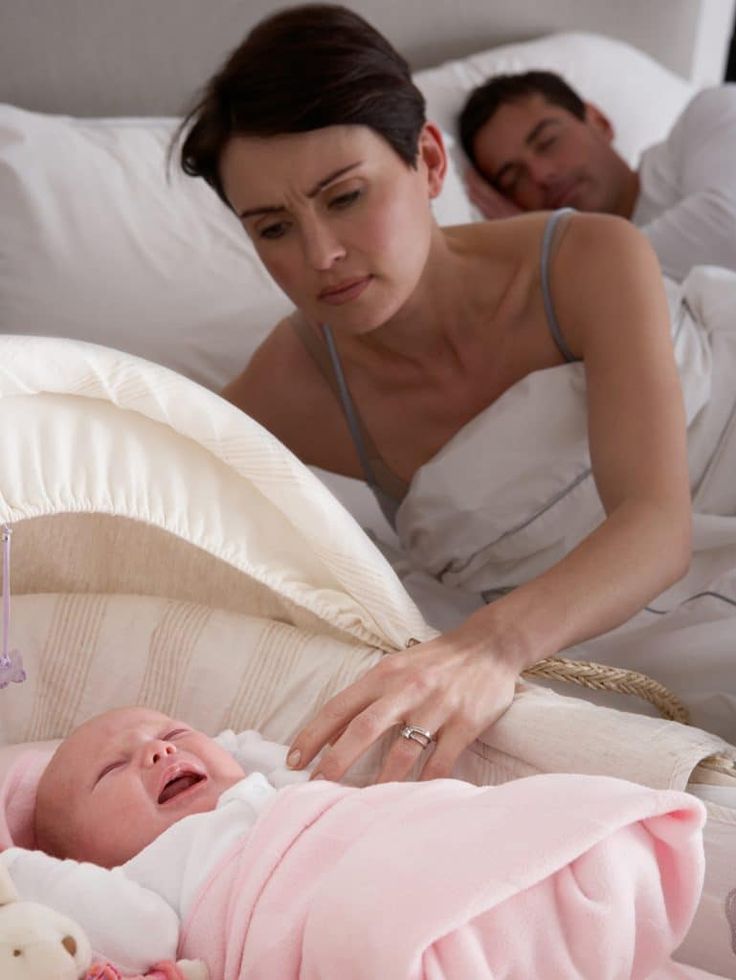
Why a child has red cheeks and how it is connected with teeth: doctors answer
Why a child has red cheeks ) is not necessarily a sign of disease:
“In children, flushing of the cheeks may occur as a result of overheating or hypothermia. Often, even at a temperature of -10°C/-15°C, especially in windy weather, the tender cheeks of babies can turn red and become rough.
However, redness may appear on the child's cheeks regardless of temperature conditions. Many parents note that children have red cheeks when eating certain foods.
Pediatrician confirms that skin manifestations of this nature often depend on the diet of the child. So, the causes of redness on the cheeks of a child may lie in allergies.
From dry air to allergies and adenoids: why a child sleeps with an open mouth
About why a child sleeps with an open mouth, why it can be dangerous...
24 September 16:27
“In 80% of cases, cheek hyperemia in a young child is associated with an allergic mood in the form of diathesis. Allergic mood can manifest itself even in children who are breastfed. For example, if a mother ate foods that can provoke an allergic reaction, such as an orange or orange juice, then the child's cheeks may turn red. Here you need to pay attention and talk with parents in order to refrain from eating red, orange, citrus products,” warns Maryam Sayfulina.
Allergic mood can manifest itself even in children who are breastfed. For example, if a mother ate foods that can provoke an allergic reaction, such as an orange or orange juice, then the child's cheeks may turn red. Here you need to pay attention and talk with parents in order to refrain from eating red, orange, citrus products,” warns Maryam Sayfulina.
The pediatrician indicated that formula-fed cow's milk protein can also cause redness on the baby's cheeks. However, the doctor emphasizes that it is not at all a matter of special formulas for feeding, because they are, as a rule, adaptive and hypoallergenic:
“As soon as new complementary foods and mixtures are introduced after six months, the child may develop flushing of the cheeks. This is due to the fact that many products contain cow's milk protein, and this is one of the main causes of hyperemia, dry skin, peeling and roughness on the cheeks.
One of the main reasons why a child has red cheeks is an allergy to cow's milk protein.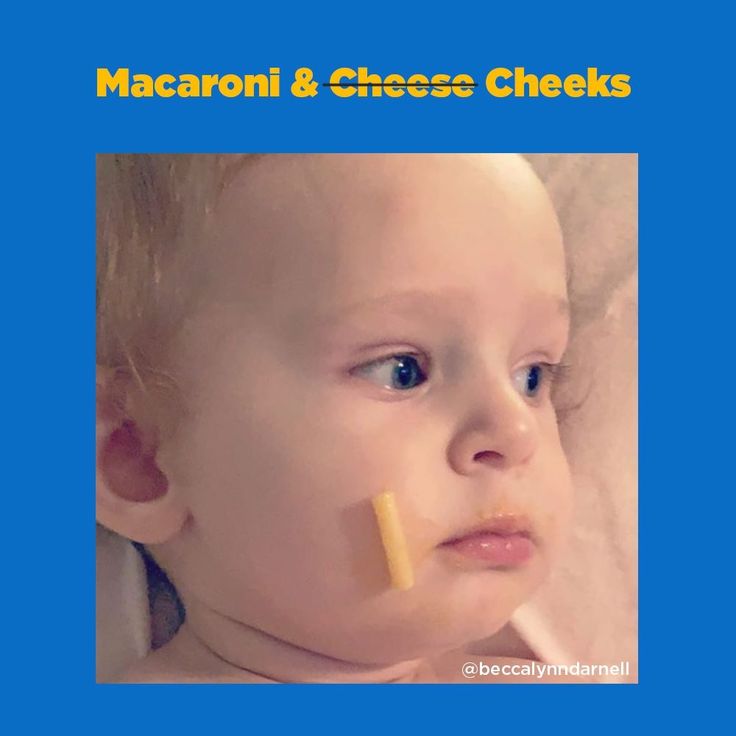 Therefore, when a child is bottle-fed, we recommend parents to exclude products containing cow's milk protein from the child's diet.
Therefore, when a child is bottle-fed, we recommend parents to exclude products containing cow's milk protein from the child's diet.
In addition, according to Dr. Saifulina, similar skin manifestations can be observed in children with constipation, since with irregular emptying of the intestine, toxins from it are absorbed back into the blood, and this is reflected in the structure and color of the skin, including the cheeks.
As explained by the pediatrician, contact dermatitis can also cause reddening of the child's cheeks. For example, hyperemia can be provoked by touching a pillowcase or linen after washing with a new powder, if it turned out to be allergenic.
close
100%
“Sometimes there is a respiratory allergy that can occur on pets - dogs, cats, or fish food. This allergic reaction is manifested not only by nasal congestion, but also by reddening of the cheeks, ”explains Maryam Sayfulina.
If redness appears on the child's cheeks, the pediatrician recommends that parents consult a doctor, because this is not always the result of overheating, hypothermia or allergies.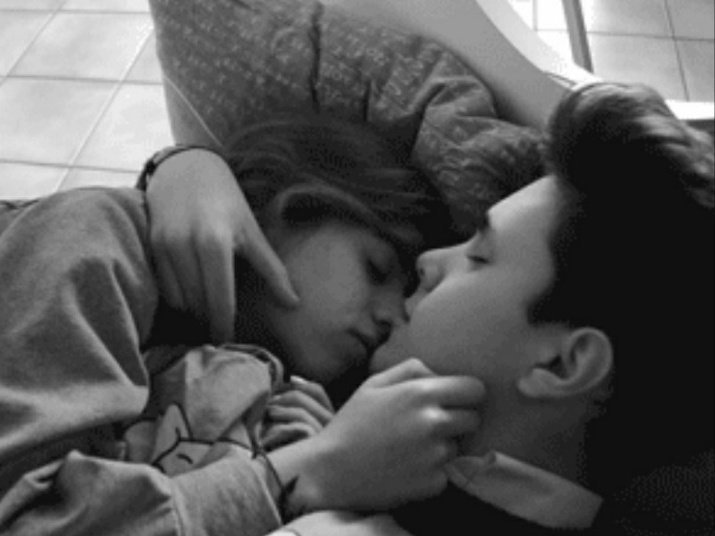 In some cases, such a symptom may hide a serious disease, for example, a pathology of the cardiovascular system.
In some cases, such a symptom may hide a serious disease, for example, a pathology of the cardiovascular system.
The doctor noted that in some cases in children, flushing on the cheeks may accompany an infectious disease (viral or bacterial). With elevated body temperature or with the manifestation of intoxication (for example, with intestinal infections, loose stools, vomiting may be observed). In such cases, it is necessary to consult a doctor.
Why cheeks turn red during teething
Anna Pyatibratova, pediatric dentist at SM-Dentistry warns parents that teething in a child may be accompanied by reddening of the cheeks:
“The age of the first teeth eruption is six months. The last teeth erupt at two and a half years. But these are averages and everyone is individual. However, as a rule, at about six months, parents may notice that the child's cheeks are reddened. Behind this symptom, teething may be hidden.
Most often, reddening of the skin of the chin and cheeks occurs due to the active work of the salivary glands or prolonged mechanical impact.
When teething, the gums begin to itch, and the child tries to eliminate severe itching. He sucks his fingers, fists, which increases salivation. The flowing saliva dries up on the skin, causing it to become irritated, cracked and red.
From incorrectly selected glasses to a tumor: why a child has a headache
About why children have a headache, what drugs are allowed to use...0005
September 03 09:29
However, the causes of redness on the cheeks of a child can be varied. Parents are interested in how this symptom is not confused, for example, with an allergy.
“When teething, we always pay attention to the gums. It is enlarged, swells, reddens. Sometimes an erupting tooth is visible through it. If the child does not have concomitant diseases and you did not give a new product on the eve of the appearance of redness, most likely we are dealing with teething, ”explains Dr. Pyatibratova.
close
100%
How to smear red cheeks in a child
Allergist-immunologist Elena Guchapsheva explains that the decision will depend on the reason why the child has red cheeks:
it can be attributed to the influence of external factors - such as cold and heat, increased salivation. In young children, thermoregulation is imperfect and requires correction.
In young children, thermoregulation is imperfect and requires correction.
The doctor gives advice on how to act if the child has skin manifestations due to the ambient temperature.
- If the child is hot, he should be dressed in lighter clothes, preferably made of natural fabrics that allow air and moisture to pass through.
- If the child is cold, he needs to be warmed up. At least 20-40 minutes before going out, apply a protective cream to exposed areas of the body. There are many of them on the market, many are marked cold. The main thing is to take into account age indicators when choosing a remedy. For children's skin, for example, Morozko, Rosy Cheeks, Mustella cold cream, Avene cold cream, Uriage Barrierderm, Libre derm cold cream, Vitex winter care (winter care) are suitable.
According to Elena Guchapsheva, teething can lead to increased sensitivity of the skin:
“Profuse salivation and itching of the gums lead to irritation of children's skin. If parents see dryness, then moisturizing baby creams can be used (for example, Bepanten, D-panthenol, Lipobase baby cream), if the skin is wet, then preference should be given to zinc-containing creams (for example, Zinocap, Cynovit ”, “Tsindol”).
If parents see dryness, then moisturizing baby creams can be used (for example, Bepanten, D-panthenol, Lipobase baby cream), if the skin is wet, then preference should be given to zinc-containing creams (for example, Zinocap, Cynovit ”, “Tsindol”).
From taking vitamins to inflammation in the intestines: why a child has green feces
Why do babies have green stools, does it depend on how the baby is fed, what foods...
13 September 08:19
⠀
“Allergies can be discussed if parents notice that the rash is persistent, accompanied by itching and aggravated by eating certain foods by a child or mother while breastfeeding. And also when using powders, creams, conditioners, after visiting places where there are animals and plants. The skin should be taken care of with the help of creams that are called "emollients" (for example, Atopic cream, Emolium, Topicrem, BELUPO Aflocrem, Baby Balance, Mustela stelatopia, BABE baby emollient cream, Avene atopic, Aqua Dermica).